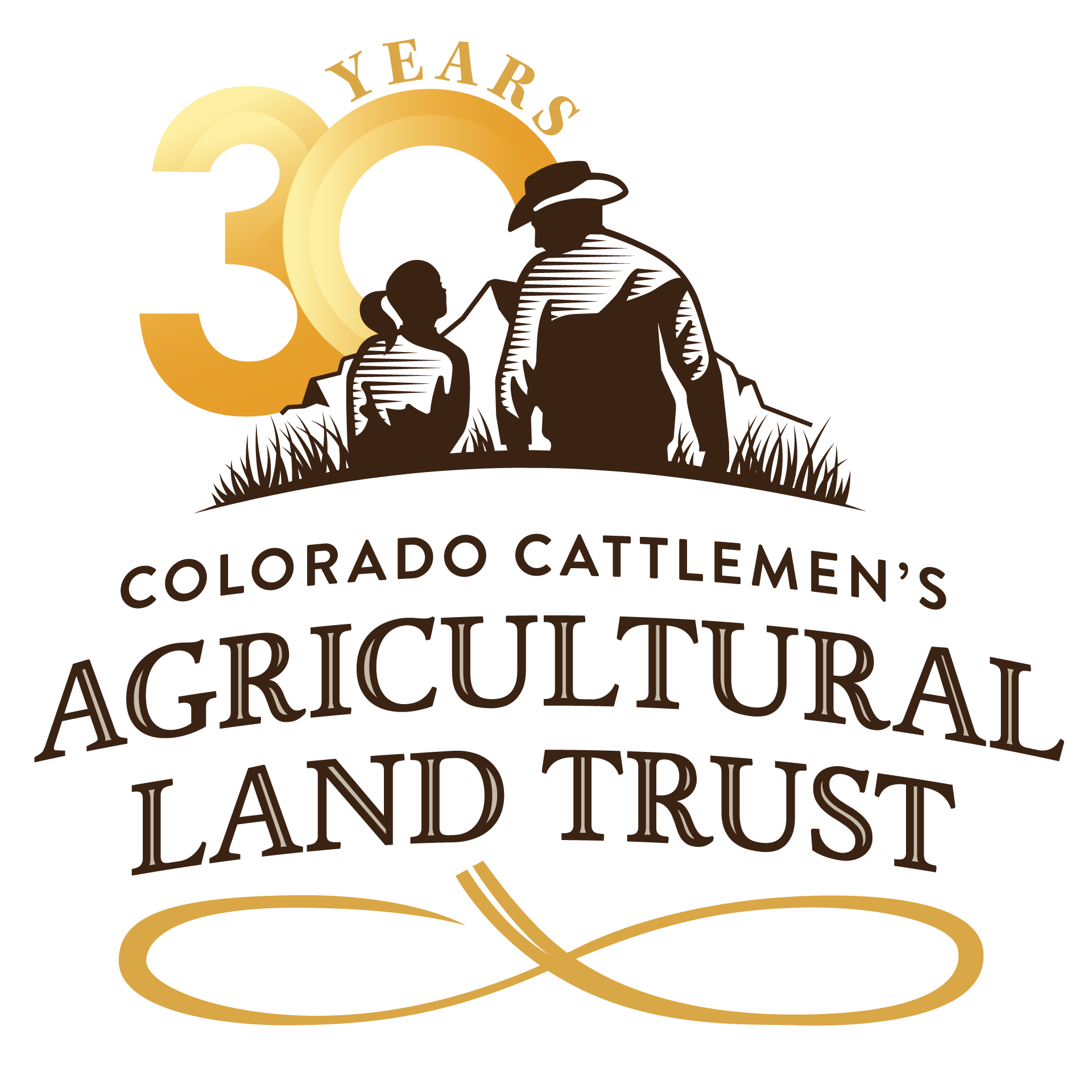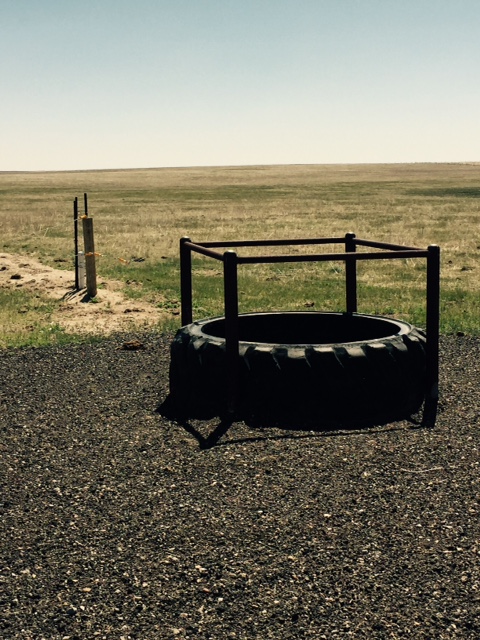Landowner Driven Conservation
Like many areas in Colorado, over the past several years Weld County has seen oil and gas activity compete with its agricultural uses, scenic views, and wildlife habitat. Often times, energy projects can become a challenge to site on the conserved landscapes of the county. Currently, CCALT holds over 30,000 acres of conservation easements in this northern prairie region. This is a story about one of those conservation easements, and how multiple partners worked together to enrich the conservation values on that particular ranch after a disturbance.
THE STORY:
In 2010, Noble Energy installed a natural gas gathering system that cut through the center of a valuable shortgrass prairie ecosystem. Having no way to site the line and avoid conserved lands, Noble Energy worked with CCALT to find a route which impacted the least amount of conserved ground; it was sited adjacent to a county road and configured in such a way as to minimize impacts to the landscape. As part of our cooperative arrangement, Noble Energy paid to offset their damages to the conservation values of the conserved ranches that were affected. This money was put into CCALT’s Peaks to Plains fund and was reinvested in the afflicted parcel and in another property with similar conservation values.
In 2015, Larry and Jean Croissant became new landowners of one of the afflicted parcels. They acquired 2,465 acres of conserved agricultural lands along Crow Creek in Weld County. Having previously leased the land, the Croissants knew the property needed improvements. Most notably, the size of the grazing pastures was too large and because of that the cattle were selectively avoiding grazing the alkali sacaton, meaning they wouldn’t eat it. Alkali sacaton is a tough native perennial grass that is highly tolerant to both alkali and saline soils, and drought. Essentially, the cattle were avoiding the alkali sacaton in favor of other shortgrass species. As a result, some portions of the property were overgrazed and the alkali sacaton was spreading wildly. This was not ideal for the overall health of the prairie.
To address this problem, Larry and Jean Croissant partnered with CCALT to utilize the Peaks to Plains funds from Noble to implement a restoration project. They designed and implemented a plan that would improve both the conservation values and the agricultural operation of their property.
THE PLAN:
The Croissants relocated three water tanks to center sections of their pastures and made them all-season, meaning they would be operable year-round. To accomplish this, they had to dig trenches, install PVC water lines, install three seven foot tire tanks with underground drain back valves, and clean up and remove all of the debris from the original tanks.
THE OUTCOME:
The benefits ecologically and operationally from this small change in water tank location were astounding. The new tanks:
- Allowed for the creation of 11 pastures from the previously existing five pastures, allowing the cattle to graze rotationally, reducing access time and increasing rest time for the grass.
- Created smaller pastures that allowed for more uniform grazing and utilization of the alkali sacaton grass. (The cattle could no longer graze selectively.)
- Enhanced overall utilization and created better grassland composition, improving the wildlife habitat in the pastures.
- Reduced the distance for cattle to travel to water which also reduced the stress around the tank sites, reducing overgrazing.
- Allowed seasonal rotation by having all-weather features.
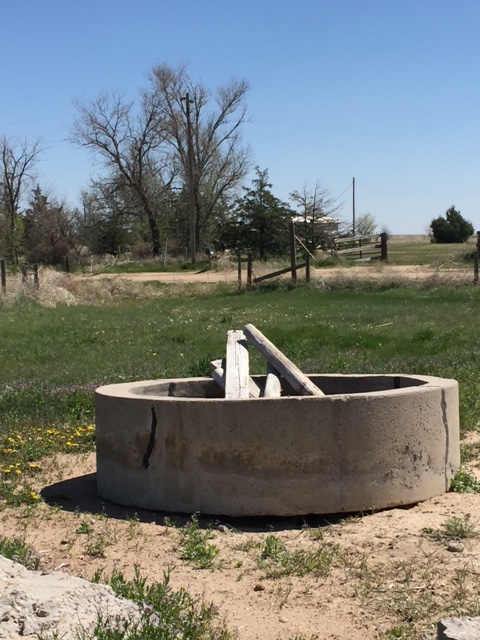
One of the old water tanks before it was replaced. 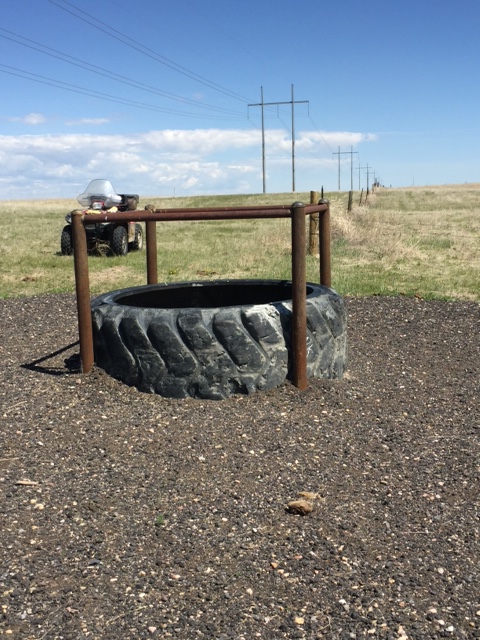
Two of the three new water tanks on the ranch. 
Two of the three new water tanks on the ranch. 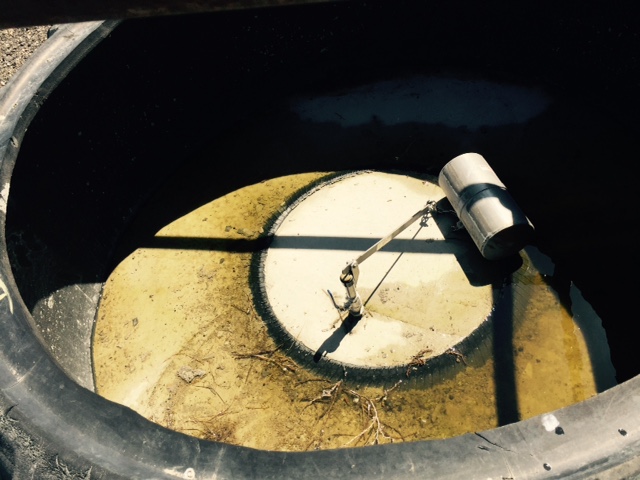
The float valve on the inside of one of the new water tanks. This allows for the underground water to flow into the tank–a major upgrade.
The Croissants were extremely happy with the outcome of the project, but they aren’t stopping there. The family plans to add to the conservation values by working on wildlife-friendly fencing and continuing to upgrade all of their water infrastructure. When asked about the project, Larry Croissant says “It is great that CCALT invests the Peaks to Plains funds back into the property through the owners. This water project is the first requirement for establishing a managed grazing plan to improve range health and grass production.”
THE TAKEAWAY:
This is a story of multiple parties with competing interests working together to find solutions that improved the landscape. The natural gas gathering system reduced truck traffic and reduced air pollution from flaring. The prairie was impacted in a 50 foot strip where the line was installed, but the energy company paid to offset that damage by allowing the Croissants to implement a prairie improvement project. Overall, this was a win for Weld County conservation. As Colorado and the industries that call it home grow, cooperative work like this will become even more imperative to the success of conservation in the state.
